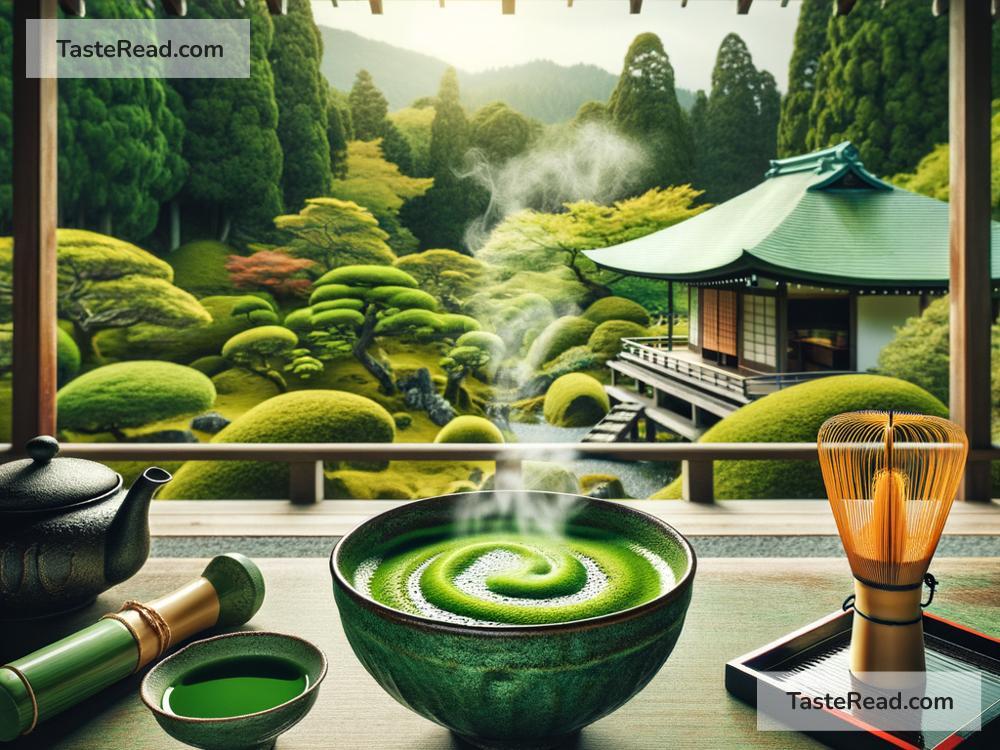The Cultural Significance of Japanese Matcha
Matcha, a vibrant green powdered tea, is becoming increasingly popular worldwide as a healthy superfood. From trendy cafés serving matcha lattes to its inclusion in desserts like cakes and ice cream, matcha is everywhere. But beyond its physical health benefits and captivating taste, matcha holds deep cultural significance in Japan. To understand matcha, we need to explore its origins, its role in Japanese traditions, and its symbolic importance.
The History of Matcha
Matcha originated in China during the Tang Dynasty, but the Japanese perfected its production and consumption. Around the early 12th century, a Buddhist monk named Eisai brought powdered tea to Japan because he believed it would help his meditation practice. At the time, tea was widely regarded as a medicinal drink, and grinding the leaves into powder ensured its full benefits could be consumed.
Eventually, matcha became more than just practical — it became ceremonial. By the 15th century, tea masters like Sen no Rikyū had refined the art of preparing and serving matcha through the Japanese Tea Ceremony (chanoyu). This ritual transformed matcha into a cornerstone of Japanese culture.
Matcha and Zen Buddhism
Matcha’s roots are deeply tied to Zen Buddhism. Monks drank matcha to stay alert and focused during long hours of meditation. The preparation of matcha, with its careful whisking, water temperatures, and measured doses, aligns profoundly with Zen principles. Zen places great importance on mindfulness, discipline, and living in the present moment — all of which are reflected in the matcha-making process.
Drinking matcha was not just about consumption; it became a form of meditation. From selecting the utensils to mixing the powder into hot water, every step was done methodically and with intention. Even today, this sense of mindfulness accompanies the traditional Japanese tea ceremony, emphasizing the importance of being present and appreciating life’s simple moments.
The Japanese Tea Ceremony
One of the most beautiful showcases of matcha’s cultural significance is the Japanese tea ceremony, called chanoyu. This ritual is not merely about drinking tea; it is a spiritual and artistic experience. Guided by centuries-old practices, every detail matters — from the arrangement of the tea tools to the gestures of the host.
The ceremony emphasizes harmony (wa), respect (kei), purity (sei), and tranquility (jaku). These principles serve as a reminder to live peacefully and humbly. Guests are invited to share an intimate moment with the host, appreciating the beauty of the tea bowl, the room’s decor, and the fleeting nature of life.
Matcha served during chanoyu is often different from the matcha in modern lattes or desserts. It is traditionally made from finely ground tencha leaves and whisked in hot water until frothy. The taste is distinct — slightly bitter — inviting drinkers to focus on its earthy flavor and texture instead of sugar or milk.
A Symbol of Connection
Matcha also symbolizes connection and hospitality. In Japanese culture, offering tea to a guest is a warm, welcoming gesture. A host’s care and effort in preparing the tea demonstrates their respect and gratitude toward the guest.
This sense of connection goes beyond one-on-one interactions. Matcha represents a larger bond within society. The communal sharing of tea reflects Japan’s appreciation for relationships and the importance of harmony in families, communities, and social gatherings.
Health and Spiritual Balance
Matcha is more than a cultural treasure — it’s a source of health and balance. Rich in antioxidants, matcha is celebrated for its ability to energize without the crash associated with coffee. For centuries, matcha has been believed to calm the mind while enhancing focus, making it ideal for meditation and study.
Interestingly, this duality of providing energy and calmness mirrors Japan’s cultural values. Japanese culture often balances fast-paced modernity with moments of peace and stillness. Matcha embodies this lifestyle — energizing for daily tasks while encouraging moments of reflection and mindfulness.
Matcha Outside Japan
While matcha remains deeply rooted in Japanese culture, its global popularity has risen dramatically. Today, matcha is enjoyed in countless ways, from traditional tea ceremonies to innovative creations like smoothies, cookies, and even matcha-flavored cocktails. However, it’s still important to recognize the cultural significance behind this green powder. It’s more than a trendy ingredient; it’s a window into Japan’s history, traditions, and values.
For those who drink matcha, whether in Japan or abroad, taking a moment to appreciate its journey — from Zen monks to today’s cafés — can deepen its experience. That quiet mindfulness, the heart of matcha culture, is something anyone can appreciate, regardless of where they are in the world.
The Takeaway
Japanese matcha is a perfect example of how something simple, like powdered green tea, can carry profound cultural meaning. It tells a story of mindfulness, hospitality, and human connection. Drinking matcha is not just about enjoying tea; it’s about embracing the values it represents — harmony, respect, and gratitude for life’s fleeting moments.
So the next time you sip on matcha, whether in a delicate bowl at a tea ceremony or in a frothy latte at your local café, think about its origins and the culture it represents. In its emerald green hue is a legacy of tradition, a focus on beauty, and a quiet invitation to slow down and live in the moment.


